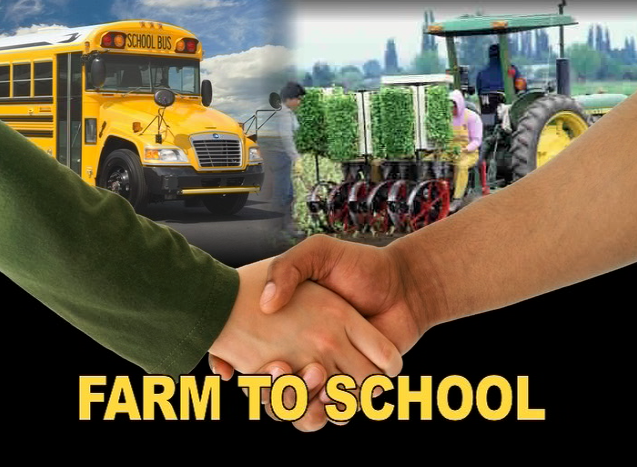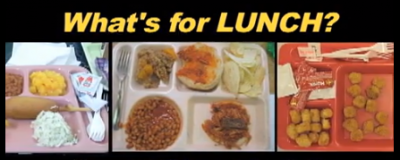Farm to School Helps Reduce Childhood Obesity and Teach Healthy Eating

 In Hawai’i, we have 200,000 school-age children and about 20% do not eat any fruits or vegetables every day. About 30% of Hawai’i kids entering kindergarten are overweight and by the time they reach high school about 50% are considered obese. Meanwhile the government is spending more money on health care than ever before and subsidizing large scale farming and global transport of food all across the planet. We could be investing wisely in promoting smart eating with local food sources that promote a healthy lifestyle. One of these solutions is the Farm to School program, which can help families, farms and the economy.
In Hawai’i, we have 200,000 school-age children and about 20% do not eat any fruits or vegetables every day. About 30% of Hawai’i kids entering kindergarten are overweight and by the time they reach high school about 50% are considered obese. Meanwhile the government is spending more money on health care than ever before and subsidizing large scale farming and global transport of food all across the planet. We could be investing wisely in promoting smart eating with local food sources that promote a healthy lifestyle. One of these solutions is the Farm to School program, which can help families, farms and the economy.
Did you know that children eat 50% of their total calories at school? Schools can be the ideal setting to teach kids healthier eating habits. There are two factors that can effect kids’ eating behaviors – playing in a garden and cooking.
In this video, hear from a medical doctor who works with obese children – Dr. May Okihiro, a Representative from Hawai’i State Congress – Della Au Belatti, a director from the Kokua Hawai’i Foundation that runs the ‘Aina In the Schools gardening program – Dexter Kishida, a member of the Department of Education in charge of the school lunch program – Glenna Owens, and a member of the Hawai’i Food Policy Council – Elise Davis. They discuss the regulations surrounding the school lunch program and how reimbursement works, and why more locally grown produce is not ending up on our children’s plate at school.
The Farm to School program has two main goals: Inspire kids to eat more fruits and vegetables by engaging them in the process of growing food at school gardens; and support community based food systems and local farmers.
I can tell my three year old to eat broccoli all day long, but until she makes it with me or grows it in her grandma’s garden, she won’t touch it. Now at least she tries it. — Dexter Kishida
Some of the reasons more local food doesn’t end up in school lunches are:
- It’s still perceived to be cheaper to be cheaper to import food from the mainland.
- Hawaii schools use resources provided by surplus from the Department of Defense (essentially it’s “free food” so they don’t buy from farmers).
- Farmers don’t see schools as markets.
- We can’t use food from school gardens because of food safety concerns.
One solution is to join Kokua Hawai’i Foundation’s ‘Aina In The Schools program that runs afterschool garden clubs and cooking clubs. Della Au Belatti, a Representative from Hawai’i State Congress says that this kind of grassroots activity will stimulate change in the whole system. Healthy school lunch is possible!
Leave a Reply